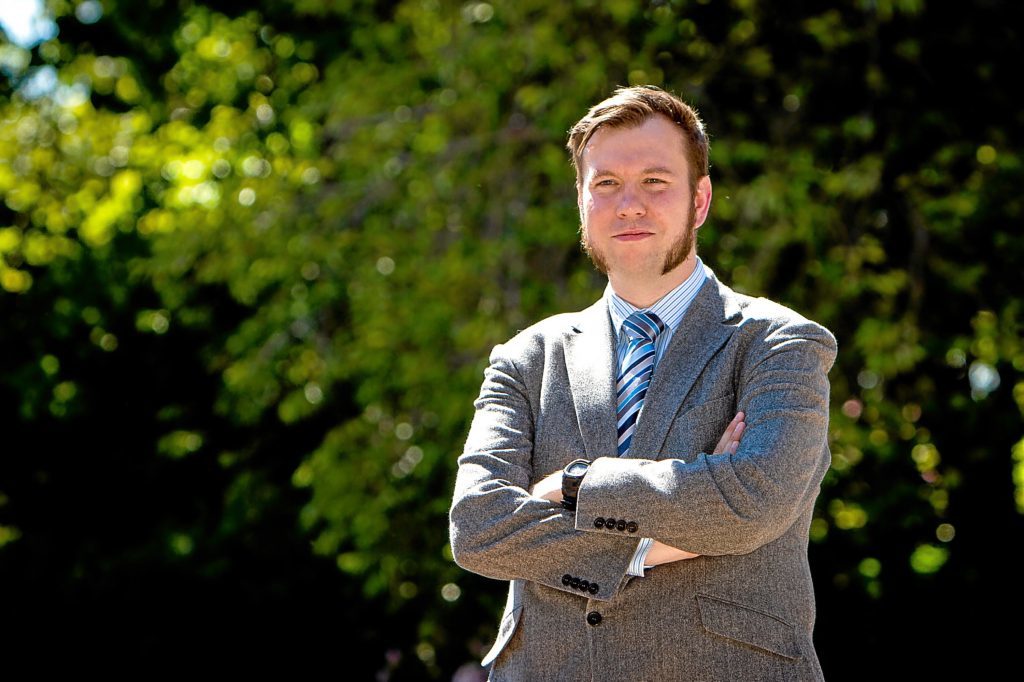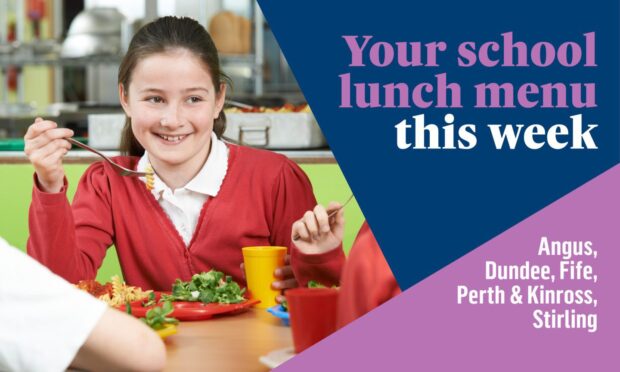Less than a quarter of teachers across Scotland are confident schools are safe ahead of pupils returning next week, one survey has revealed.
The Education Institute of Scotland (EIS), Scotland’s largest teaching union, launched the survey earlier this week and has since received more than 24,000 responses.
Interim results show that despite 64% of teachers supporting the decision to re-open schools next week, only 18% are confident they are currently safe.
It was also revealed that 62% of teachers felt either “somewhat unsafe” or “very unsafe” about the return.
In announcing the Scottish Government’s decision to get pupils back in schools full time from August 17, First Minister Nicola Sturgeon said that “substantial, hard earned” progress had been made in suppressing virus.
But despite these precautions, just 3% of teachers are “very confident” that there is sufficient evidence that Covid-19 is sufficiently under control to support a safe return to school.
The survey also revealed that 60% of teachers lacked confidence that sufficient operational changes such as effective social distancing and enhanced hygiene routines would be in place by next week.
Speaking on the interim results, David Baxter, Dundee EIS secretary said: “The majority of teachers are looking to get back into the classroom and to teach kids in that environment because that is the bread and butter of what they do.
The advice is a bit wishy-washy on transmission between secondary pupils and the mitigations that need to be taken at that point. ”
David Baxter, Dundee EIS secretary
“But with what’s kicking off in Aberdeen, it shows the vulnerability of the position that we are in so I’m not surprised that there is that lack of confidence in schools being fully Covid-secure.
“Until we get back into that environment and see what has been put in place, we are going into the unknown.”
Guidance on the reopening of schools has been published by the Scottish Government, including precautions such extra cleaning and hand hygiene requirements and “quick access to testing” for anyone who develops symptoms.
But David was critical of the clarity of the advice given, describing it as “wishy-washy” and believes this was contributing towards teacher’s concerns.
“With the Scottish Government guidance that came out, there was a number of issues that sprung up, he said.
“The advice is a bit wishy-washy on transmission between secondary pupils and the mitigations that need to be taken at that point.
“There are recommendations to reduce class sizes but there is no tools been given to achieve this. Where are the buildings for this?”
Calls for more testing
The EIS survey also revealed that there is significant support among teachers for the testing of asymptomatic members of staff to help suppress the spread of the virus, with 72% of respondents backing this measure.
This approach was backed by David and he called for a regular testing regime to be put in place as pupils return next week.
He said: “We are all a bit surprised by is the lack of proactive testing. The whole point is to make Scottish schools Covid-free environments and we have been talking about the need for asymptomatic testing because that is where you are going to get these outbreaks.
“Looking at Aberdeen, it seems to be that most of the cases are asymptomatic and that is the danger.
“It’s interesting that the tools haven’t been put in place to help increase the confidence of teachers and pupils and a regular testing regime would help with that.”
EIS General Secretary Larry Flanagan said: “The interim results of this survey highlight that Scotland’s teachers continue to have serious questions over the re-opening of schools next week.”
“The fact that more than 24,000 teachers completed the survey in a little over a day illustrates the high degree of concern that remains over COVID-19 and schools.”
A spokeswoman for the Scottish Government said: “We agree that the health and wellbeing of pupils, students and staff should be the top priority when it comes to re-opening schools and colleges.
“The guidance on preparing for the start of the new school term sets out the approach that must be taken, including a number of health mitigations.
With what’s kicking off in Aberdeen, it shows the vulnerability of the position that we are in so I’m not surprised that there is that lack of confidence in schools being fully Covid-secure. ”
David Baxter
“They include risk assessments, enhanced hygiene measures and Test and Protect. In addition, a surveillance programme is being developed for schools, where regular testing and survey data will identify symptoms and infections in the school population.
“This will allow regular reporting on incidences of infection and inform the ongoing development of guidance for schools.
“We will continue to discuss all measures that can be taken to ensure our schools are safe for staff and pupils.”












